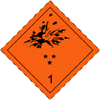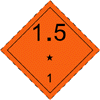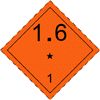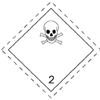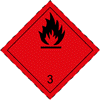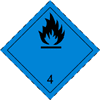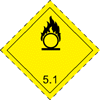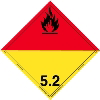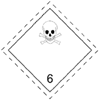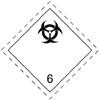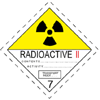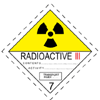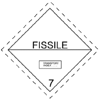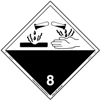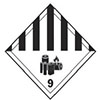- Dangerous Goods Notification System
- DG Manifest Submission via eBS
- Labels and Classification of DG in IMDG Code
- Regulation of DG in Hong Kong Waters
- Contacts for Enquiries
- Frequency Asked Questions
Dangerous Goods Declaration
General Information
Labels and Classification of Dangerous Goods in International Maritime Dangerous Goods Code (IMDG Code)
Numerals shall be about 30 mm in height and be about 5 mm thick (for a label measuring 100 mm by 100 mm). Figure "1' in bottom corner.
** Place for division – to be left blank if explosive is the subsidiary risk.
* Place for compatibility group – to be left blank if explosive is the subsidiary risk.
* Place for compatibility group
Regulation of Dangerous Goods in Hong Kong Waters
General
Ocean-going Vessels and River-trade Vessels
Local Vessels
Prohibited goods
Enquiries
For enquiries on the application procedures on carriage of dangerous goods in Hong Kong waters, please contact the Dangerous Goods Unit of the Marine Department by the following means:
| Tel.: | (852) 2852 4913 |
|---|---|
| Fax.: | (852) 2815 8596 |
| E-mail: | pfdg@mardep.gov.hk |
| Website: | https://www.mardep.gov.hk/en/ele_services/dgis.html |
| Address: | Room 307, Harbour Building, 38 Pier Road, Central, Hong Kong |


